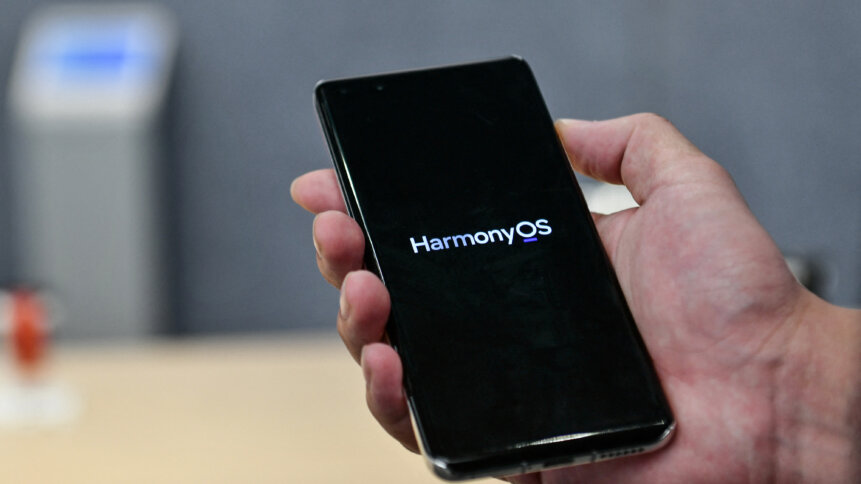HarmonyOS by Huawei is the fastest-growing mobile OS in the world

- The adoption rate of HarmonyOS has been high despite Huawei only limiting the operating system within China
- So far, HarmonyOS has 400+ application and service partners, more than 1,700 hardware partners, and over 1.3 million developers in its ecosystem
- Targeting the market for the Internet of Things Operating System, Huawei also launched its openEuler this week.
At the beginning of this year, China telecoms equipment giant Huawei Technologies Co. shared its vision for its in-house mobile operating system HarmonyOS. By the end of 2021, it aims to deploy Harmony OS on 300 million devices — over 200 million Huawei devices and over 100 million third-party devices.
Fortunately, three months since the mobile operating system was launched, Huawei’s consumer business Chief Operating Officer He Gang revealed that the number of HarmonyOS 2 upgrade users now exceeds 120 million. “Since its upgrade commenced on June 2, the system has had an average of over 1 million users per day,” he said.
At this rate, Harmony OS is easily the fastest-growing mobile operating system in the world. This is despite, HarmonyOS 2 has yet to be made available for global users. In fact, there had been no news regarding the global version of HarmonyOS. However, as per reports, Huawei is still developing the EMUI 12 interface for international users.
In simple terms, HarmonyOS is not ready to leave China for now. But it is worth mentioning is that HarmonyOS 2 has over 400 application and service partners with more than 1,700 hardware partners. To top it off, Huawei has no less than 1.3 million developers in the construction of the HarmonyOS ecosystem.
Huawei’s rotating chairman Xu Zhijun at the Huawei Full Connect 2021 conference said that the current development of HarmonyOS has surpassed expectations. Xu said Huawei hopes to build HarmonyOS into an OS for the Internet of Things (IoT), which brings us to Huawei’s newly launched openEuler.
Huawei completes the IoT puzzle with HarmonyOS & openEuler OS
One year after the Chinese tech giant decided to open-source its Euler OS, the company launched its openEuler OS this week. The company said it has been working on a lot of software technologies, and the latest is an open-source operating system that is designed for the digital infrastructure.
Huawei stated that EulerOS is built to use for a variety of equipment and devices including servers, cloud computing, edge computing embedded systems, and more. To recall, the company began to develop EulerOS as early as ten years ago – the operating software is a commercial Linux distribution based on CentOS source code.
Geared for enterprise applications, EulerOS was originally used in Huawei’s data center servers, TaiShan, powered by the company’s own Kunpeng processors. After open-sourcing EulerOS at the end of 2019, Huawei retrofitted the OS for IoT infrastructure, aiming to build a multi-processor platform able to take on the currently fragmented IoT OS market. OpenEuler is compatible with both ARM and x86 architectures.
Huawei also disclosed that openEuler and HarmonyOS have realized core technology sharing, expecting that “openEuler + HarmonyOS” can jointly serve “the entire digital scene.” A report by GlobalTimes noted that Huawei will focus on HarmonyOS and openEuler at the same time. “Both will also be open-source, in an effort to solve the domestic stranglehold problem of lacking a homegrown OS for basic technology.”










